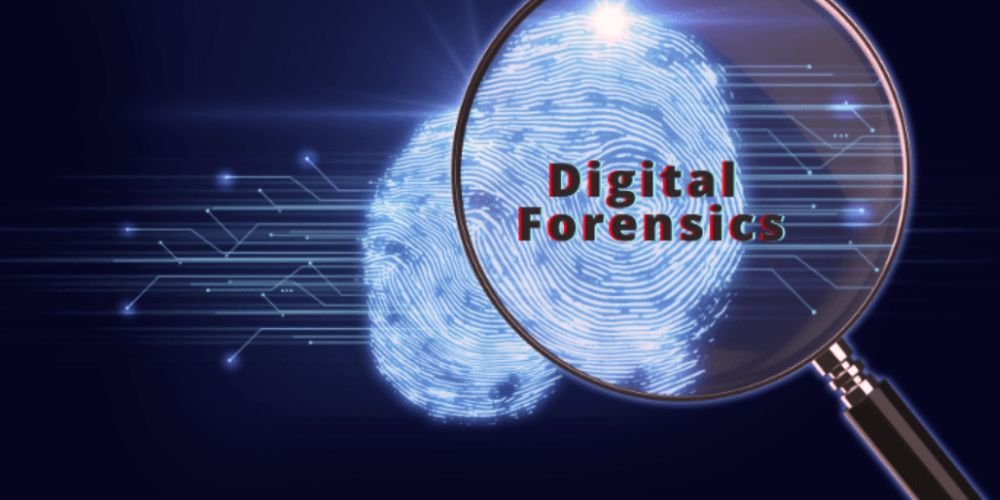In cybersecurity and law enforcement, digital forensics has emerged as a crucial discipline for investigating cybercrimes, analyzing digital evidence, and ensuring the integrity of digital systems. This article delves into the intricacies of digital forensics, examining its methodologies, impacts, and the perspectives surrounding its practice.
Digital Forensics: Facts
Understanding the foundational facts surrounding digital forensics is essential for recognizing its significance and applications:
- Definition and Scope: Digital forensics is the process of collecting, preserving, analyzing, and presenting digital evidence in a manner that is admissible in a court of law. It encompasses techniques and methodologies for investigating cybercrimes, data breaches, intellectual property theft, fraud, and other digital incidents.
- Forensic Techniques: Digital forensics employs various techniques and tools to recover, examine, and interpret digital evidence from computers, mobile devices, network logs, cloud services, and other digital storage media. These techniques include data imaging, file carving, network analysis, memory forensics, and malware analysis.
- Legal Admissibility: Digital evidence collected through forensic techniques must adhere to legal standards and procedures to ensure its admissibility in court. Forensic investigators follow strict chain-of-custody protocols, maintain the integrity and authenticity of evidence, and document their findings meticulously to withstand legal scrutiny and challenges.
- Cybersecurity and Incident Response: Digital forensics plays a crucial role in cybersecurity incident response, enabling organizations to investigate security breaches, identify the root causes of incidents, and mitigate future risks. Organizations can improve their security posture and resilience against cyber threats by conducting forensic analysis of compromised systems and networks.
Digital Forensics: Views
Examining various perspectives on digital forensics provides insight into the opportunities and challenges it presents:
- Crime Investigation and Prosecution: Proponents of digital forensics emphasize its role in investigating and prosecuting cybercrimes. This enables law enforcement agencies to gather actionable evidence, identify suspects, and hold perpetrators accountable. It supports law enforcement in combating cyber threats and ensuring justice for victims.
- Privacy and Civil Liberties: Critics raise concerns about the potential for digital forensics to infringe on privacy rights and civil liberties, particularly in cases involving mass surveillance, government overreach, or misuse of investigative powers. It is essential to balance law enforcement’s investigative needs with respect for individual privacy and due process rights.
- Digital Evidence Challenges: Digital forensics faces challenges related to the volume, complexity, and volatility of digital evidence, as well as the rapid evolution of technology and encryption techniques. Keeping pace with technological advancements, developing new forensic methodologies, and addressing legal and ethical considerations are essential for advancing the field of digital forensics.
- Interdisciplinary Collaboration: Successful digital forensics investigations require interdisciplinary collaboration between forensic experts, cybersecurity professionals, legal experts, and law enforcement agencies. By fostering collaboration and knowledge sharing among stakeholders, organizations can enhance their forensic capabilities, improve incident response effectiveness, and strengthen cybersecurity resilience.
Conclusion
Digital forensics is critical in investigating cybercrimes, protecting digital assets, and upholding the rule of law in the digital age. However, realizing its potential requires addressing technical, legal, and ethical challenges associated with its practice. By promoting interdisciplinary collaboration, respecting privacy rights, and ensuring adherence to legal standards and ethical principles, stakeholders can harness the benefits of digital forensics while mitigating risks and safeguarding individual rights and liberties. Embracing digital forensics as a tool for enhancing cybersecurity and promoting justice is essential to shaping a future where digital environments are secure, resilient, and trustworthy.










